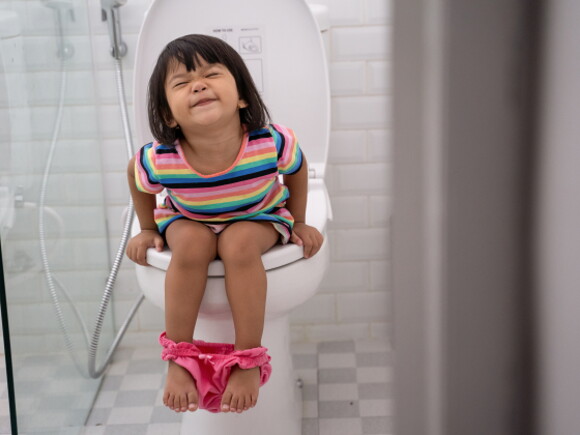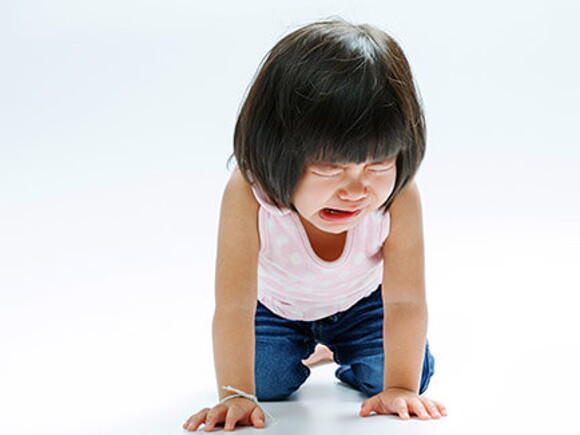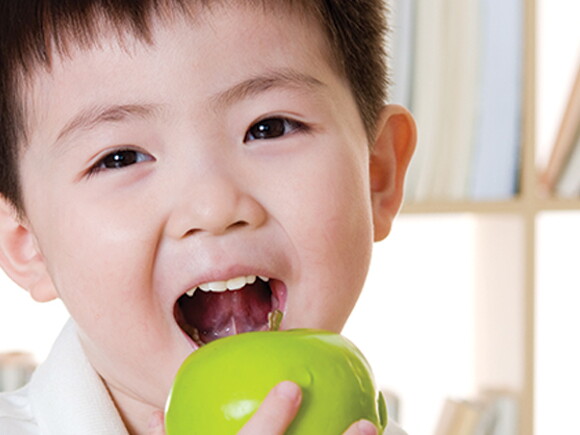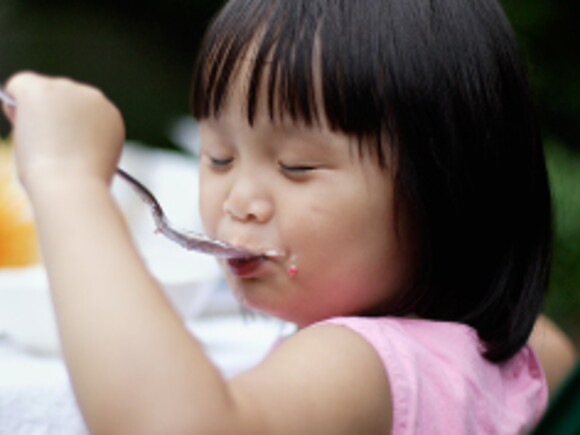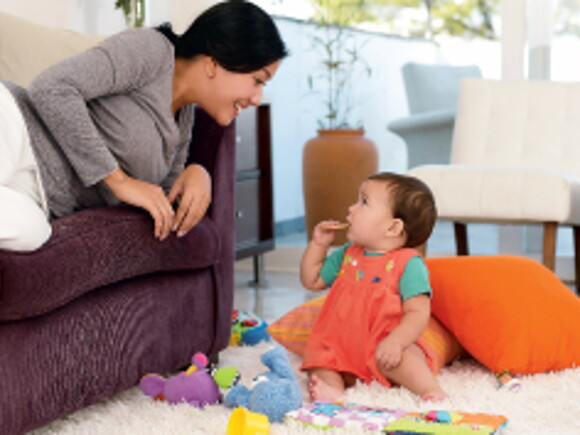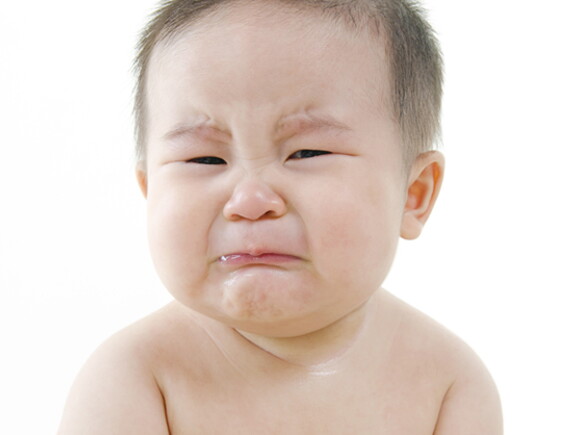Did you know that you there is a way to check if your child is obese or not? It is through the Body Mass Index or BMI and it only takes 4 steps to calculate it:
• Step 1: check your child’s weight in kilograms (kg)
• Step 2: measure your child’s height in meters (m)
• Step 3: divide the weight (kg) by the square of the height (m²)
• Step 4: plot the result in the correct BMI-for-age percentile chart for boys and girls
If the BMI is falls less than the 5th percentile, your child is underweight.
If it falls between the 5th and 85th percentile, he has normal weight.
If the BMI is between the 85th and 95th percentile, then he is overweight.
A BMI that is more than the 95th percentile means that your child is obese.
By knowing your child’s BMI, you are able to check your child’s obesity levels. As a parent, you can work with your healthcare provider to prevent unwanted health outcomes such as obesity in adulthood, heart disease, diabetes, asthma, kidney problems, psychiatric disease, and even low quality of life.
To achieve good body weight, allow your child to engage in regular exercise 30 minutes every day. Reduce sedentary time watching TV or playing video games.
Equally important is to encourage your child to eat a balanced diet. Avoid giving high-calorie and oily food. Keep in mind that feeding choices can greatly affect your child’s weight and increase his risk for obesity when he gets older. This has been proven by many studies that too much protein during the first years of life may cause rapid weight gain and obesity. Therefore, make sure that your child receives the right amount of protein as well as carbohydrates, fats and other nutrients during his meals.
References:
1. Centers for Disease Control and Prevention. Measuring Children's Height and Weight Accurately At Home. Available at: http://www.cdc.gov/healthyweight/assessing/bmi/childrens_bmi/measuring_children.html.
2. Centers for Disease Control and Prevention. About child and teen BMI. Available at: http://www.cdc.gov/healthyweight/assessing/bmi/childrens_bmi/about_childrens_bmi.html. [Accessed 29 June 2015]
3. Kelsey, et al. Age-related consequences of childhood obesity. Gerontology. 2014;60(3):222-8. doi: 10.1159/000356023. Epub 2014 Jan 9.
4. Kliegman, et al (ed.). 2008. Nelson Textbook of Pediatrics, 18th ed. Philadelphia: Elsevier
5. Koletzko B, et al. Can infant feeding choices modulate later obesity risk? Am J Clin Nutr 2009;89:1502S-8S.
6. Koletzko B, et al. Lower protein in infant formula is associated with lower weight up to age 2 y: a randomized clinical trial. Am J Clin Nutr 2009;89:1836–45
Join
Here’s where you’ll find everything you need to make the best of those first 1,000 days of parenthood… TOGETHER.
Content for you
Enjoy personalised content, parenting tips, latest product updates and promotions.
Tips & Advices
Need nutritional advice? Speak to our nutrition experts.
Free Samples
Request a sample and try our products today!
Tools
Try our tailored practical tools to guide you through the parenting journey.
Not quite what you're looking for?
Try out our new smart search engine









